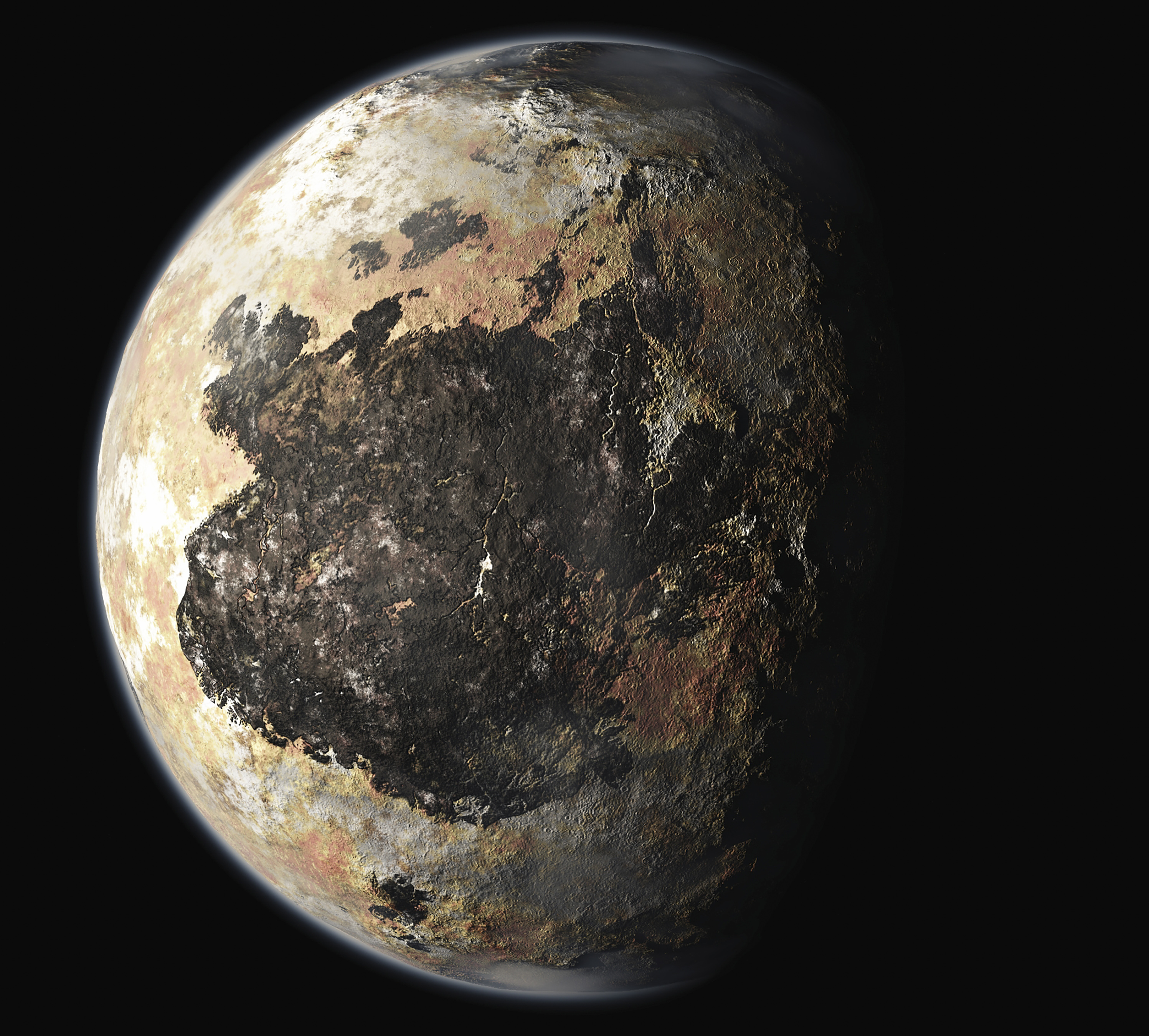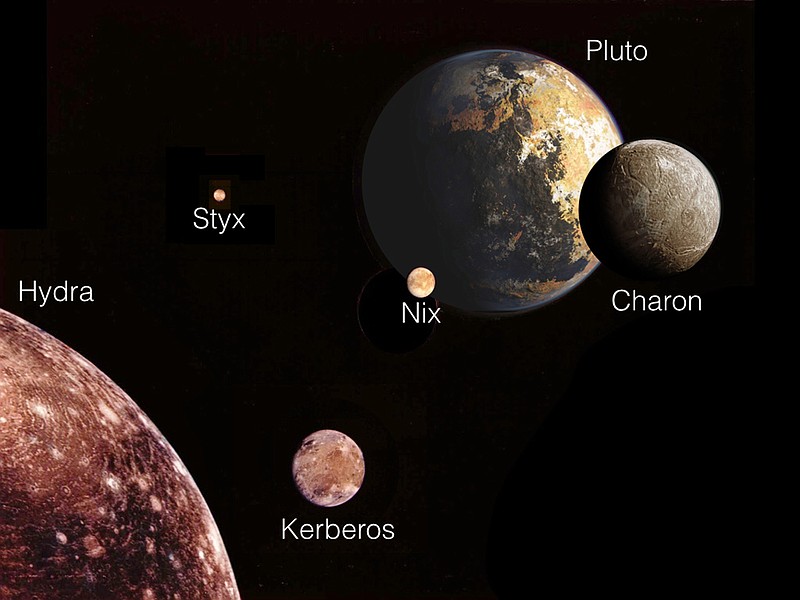 An artist's concept of Pluto. In a few days, NASA's New Horizons spacecraft will zip past the former ninth planet, the first up-close look of the icy world in the outer solar system. (Johns Hopkins University Applied Physics Laboratory/Southwest Research Institute/NASA via The New York Times) —FOR EDITORIAL USE ONLY
An artist's concept of Pluto. In a few days, NASA's New Horizons spacecraft will zip past the former ninth planet, the first up-close look of the icy world in the outer solar system. (Johns Hopkins University Applied Physics Laboratory/Southwest Research Institute/NASA via The New York Times) —FOR EDITORIAL USE ONLYRead more
Krauthammer: Pluto and us
Come Tuesday morning, after nine and a half years of flying through the solar system at 31,000 miles per hour, NASA's New Horizons spacecraft will pass Pluto.
The flying science lab will transmit photos and scientific readings that will tell us for the first time things we have and have not even begun to imagine about the dwarf planet once thought to be the farthest outpost of our galaxy. The information won't rewrite textbooks about Pluto and distant space. It in fact will write those textbooks for the first time, according to Dr. Alan Stern, the principal investigator in the New Horizons space program, who talked recently with reporters at The New York Times.
Pluto was demoted by astronomers from "planet" to "dwarf planet" about a decade ago because, according to the International Astronomical Union, "A true planet must be able to clear its orbital path of other objects." Say, what?
Whatever. For most of us Pluto, with its mercurial name, remains the mystery of our galactic rural suburbs. It is so far away - about 3 billion miles away - that the speed of light from there is really not speedy. It takes almost five hours for a glimmer of light from Pluto's surface to reach our eyes. Two-way radio communication between the spacecraft and its operators requires a nine- to 10-hour round trip. Even with the Hubble Space Telescope, the best pictures we've ever seen of this distant orbiter that is about two-thirds the size of our moon appeared merely as tiny, pixelated blobs.
But this week, if everything goes well with the New Horizons spacecraft's fly-by, that will change. For about 25 cents a person each year for the past decade ($700 million divided among the population of the United States), we'll see photographs of Pluto's surface as clearly as if we were flying over Manhattan and counting the number of ponds in Central Park, according to Stern.
We might think of the super-fast, piano-sized spacecraft that weighs a half ton as the ultimate reconnaissance drone. Equipped not just with a camera, but with seven other scientific measuring and sampling devices, New Horizons' collected data from the fly-by's one-day encounter with Pluto will take a full year to download, according to Tiffany Finely, the project's principal engineer.
On July 4, just days and some from its rendezvous with Pluto, the spacecraft shut down, went into sleep mode, and briefly lost communication with ground control. But a reboot later, the robotic probe was again bearing down on the dwarf planet and its five moons. At long last - 7:49 a.m. Eastern time on Tuesday - the robotic probe is expected to fly past Pluto for one of America's most amazing science projects - cameras and instruments ravenously gobbling data.
Washington Post reporter Joel Achenbach has written that the little spaceship's long-range camera "has detected intriguing patterns on the surface of Pluto that scientists cannot easily explain. The tiny world may have mountains and valleys, possibly frozen methane lakes or even a liquid water ocean far beneath the frozen surface. Or maybe Pluto has no topography at all and is just a smooth ball covered in a deep layer of nitrogen slush."
One still-blurry photo released Wednesday showed a heart-shaped feature in one corner. NASA also released an updated map of Pluto, showing two surface features than have been dubbed the "whale" and "donut." It is the heart-shaped feature that the spacecraft will be honing in on come Tuesday.
But on that day, with time precious as the spacecraft is close enough to really observe Pluto, the probe will be programmed to focus entirely on the goal, rather than cycling normally to swap time between observing space and transmitting data to Earth. That means scientists, engineers and the rest of us back here must endure hours of suspense. We won't know until late that evening whether the spacecraft survived the encounter (a collision with space trash the size of a rice grain could be catastrophic). Finally, about 9 p.m., scientists should get a simple batch of data, basically a health report.
"This is a moment," Stern recently told the Washington Post. "People should watch it. They should sit their freakin' kids down and say, think about this technology. Think about people who worked on this for 25 years to bring this knowledge . It's a long way to go to the outer edge, the very edge of the solar system."
Yes, it is. It's real rocket science.
And wow! Just WOW!
